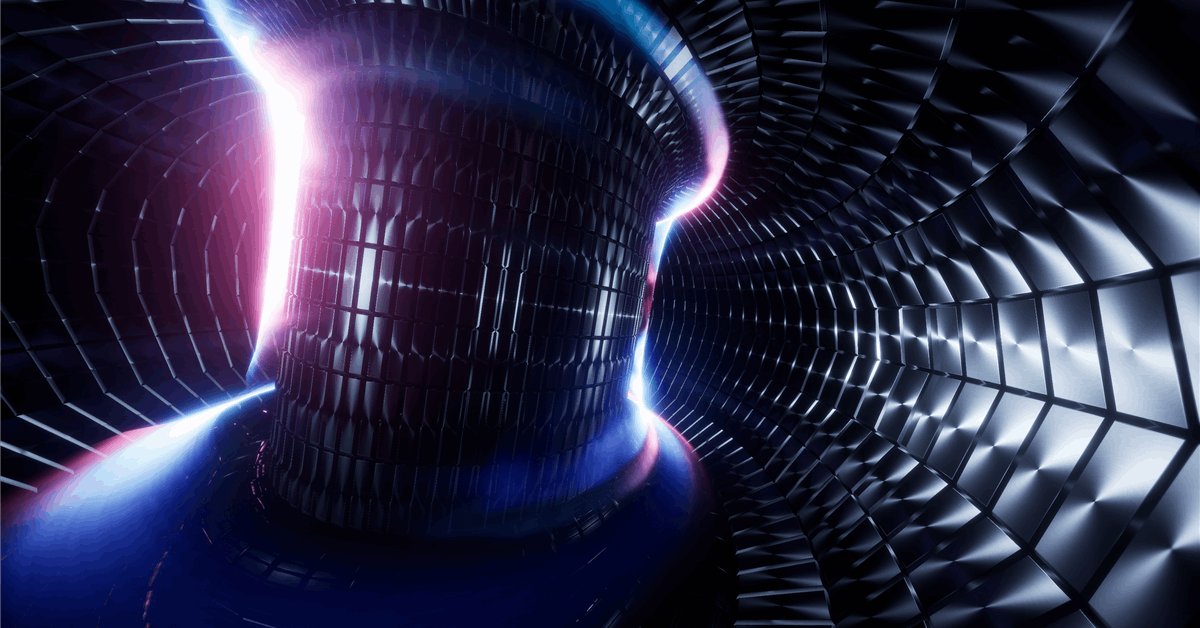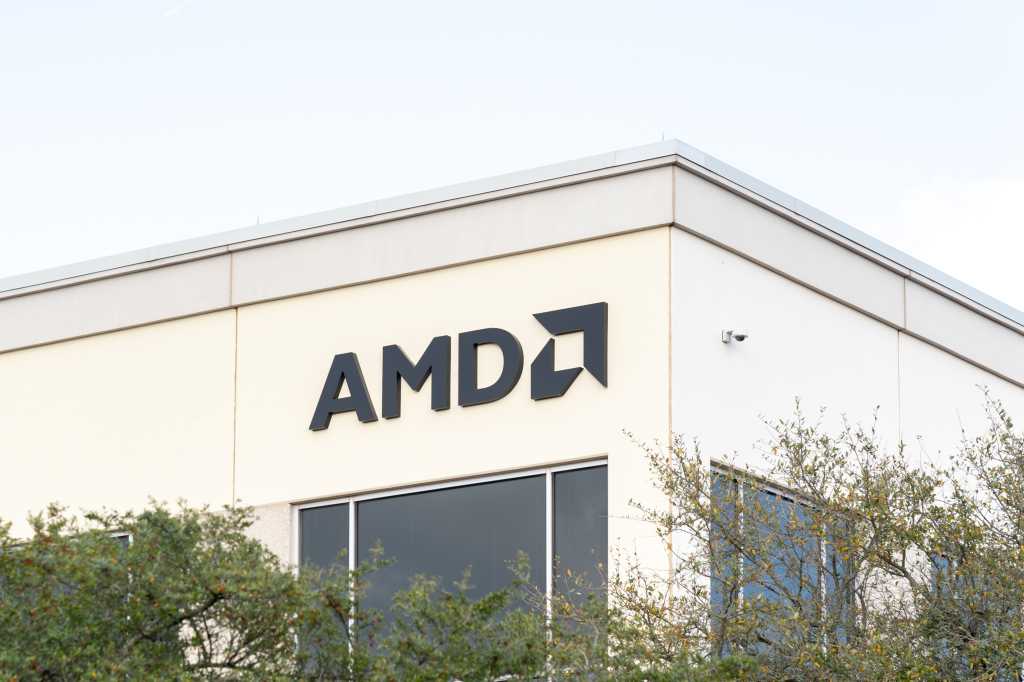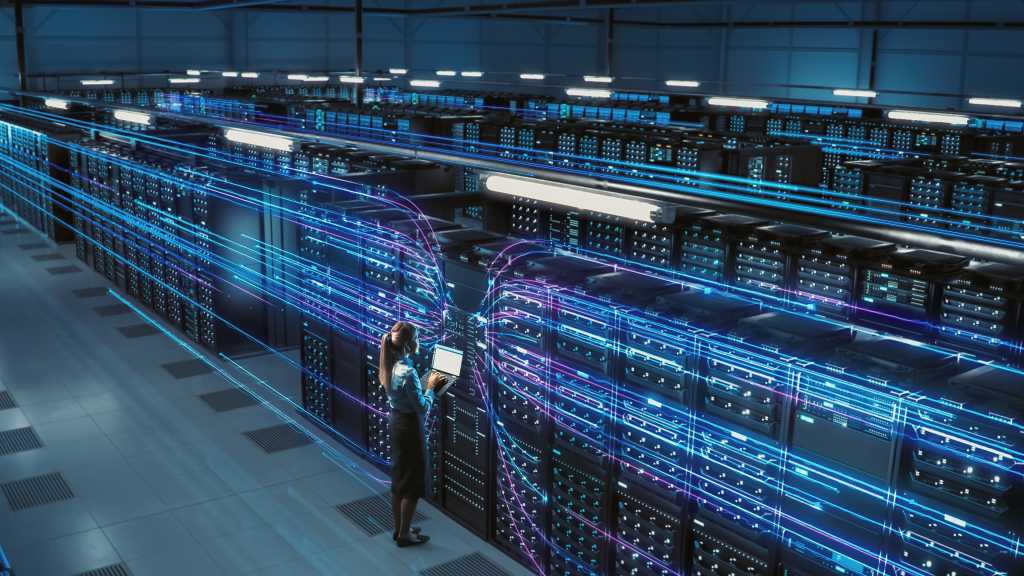UK offshore and subsea technology firm Beam has made more than 100 staff redundant and ceased operations, just months after rebranding from Rovco.
Writing on social media, Beam head of talent acquisition and crewing James Reynolds said: “Today marks the end of Beam.
“As of today, all employees have been made redundant.”
Reynolds said working for Beam has been “one of the most rewarding chapters of my career”.
“From the offshore crews who braved tough conditions, to the robotics and computer vision engineers pushing the boundaries of innovation, to the brilliant minds in marketing, sales, and every team in between — it has been an honour to work alongside you,” he said.
Formed from a merger of Rovco and Vaarst in September last year, the company had embarked on a recruitment drive in Edinburgh and Aberdeen as part of expansion efforts.
According to its most recent accounts submitted to Companies House, Rovco reported a £8.1 million loss before tax in 2023, following an £8.7m loss in 2022.
In 2023, Rovco had 106 employees across offices in Bristol, Edinburgh and Aberdeen.
Rovco and Vaarst
Beam chief executive officer Brian Allen founded the Bristol-based remotely operated vehicle (ROV) firm Rovco in 2016, before launching AI-focused sister company Vaarst in 2021.
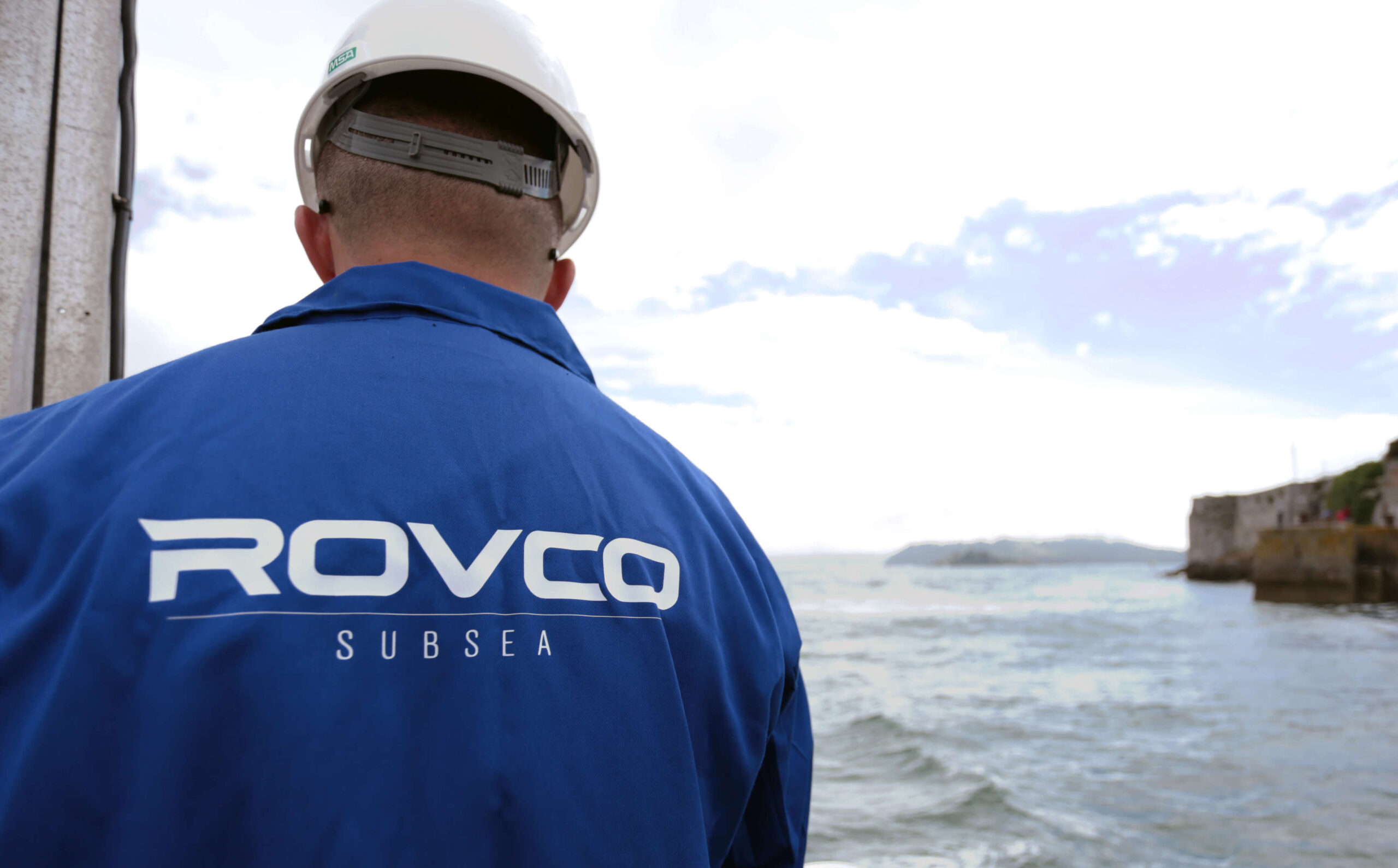
Since launching, the two firms have raised close to £50m from investors across three funding rounds in 2019, 2022 and 2024.
In May last year, Rovco pledged to create over 100 new jobs in Scotland alongside expanding to the US and Asia.
Backers of the Bristol-headquartered firm included Foresight Group, Equinor, and American defence sector investor IQT.
Shock at Beam redundancies
Since rebranding as Beam, the company unveiled additions to its offshore fleet including the Quantum EV ROV and the Xplorer autonomous surface vessel (ASV).
Beam also launched its Scout autonomous underwater vehicle (AUV), focused on the offshore wind sector, in November.
But now former Beam employees have expressed shock on social media at the sudden closure of the company.
Beam lead photogrammetrist Ruth Garner wrote she was “absolutely devastated” after working for the company for more than seven years.
“I have seen the company grow from when I started as employee number 7 to over 200 incredibly talented people,” Garner said.
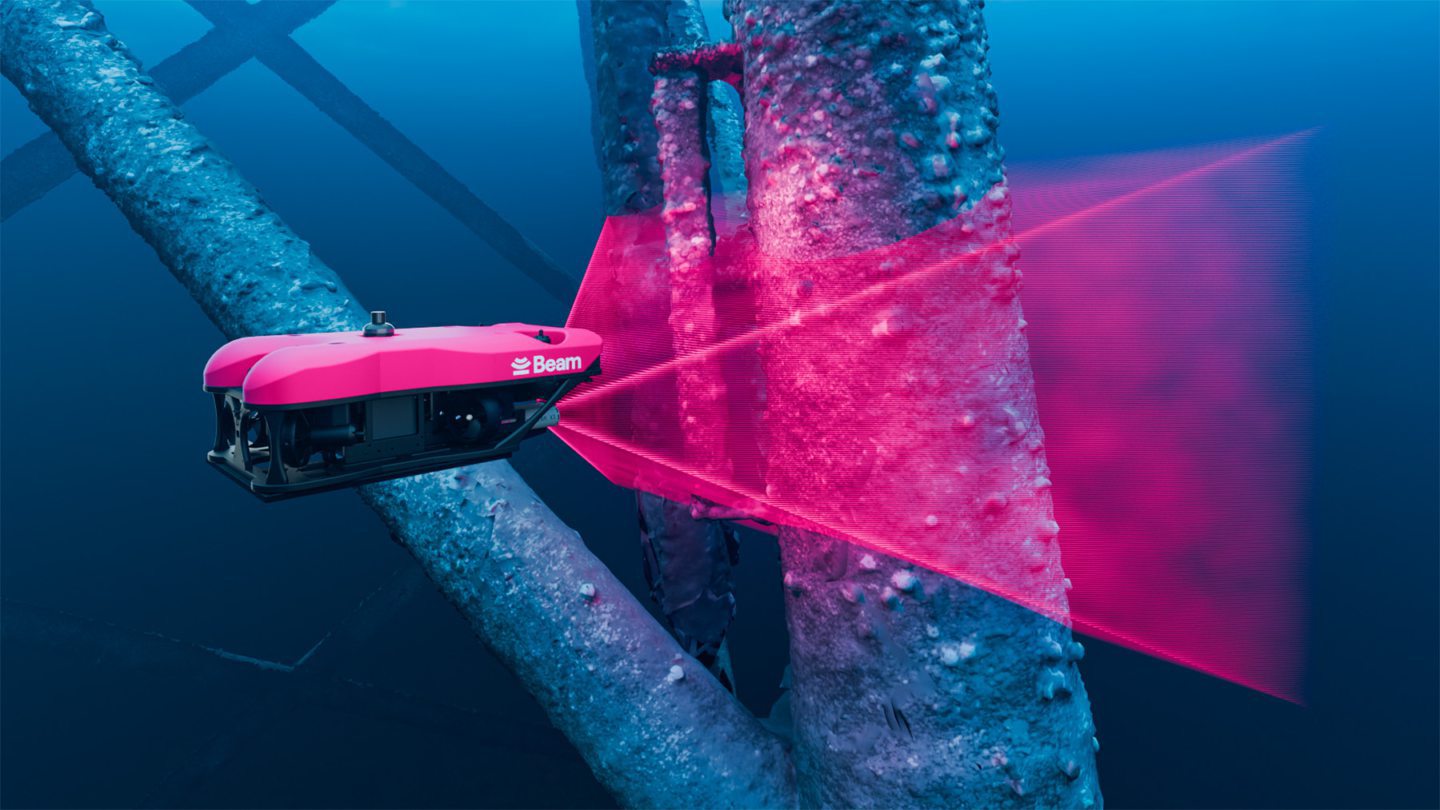 © Supplied by Beam
© Supplied by Beam“As of today, everyone will be made redundant and words can’t express how gutted I feel for everyone.”
Beam senior geomatics analyst Anthony O’Reilly said the redundancies marked the “end of a really special chapter” at Beam.
“Like the rest of the team, I’ve been made redundant – and I’m honestly gutted for everyone,” he said.
O’Reilly said it felt like the team at Beam were “getting ready to kick off this season stronger than ever”.
“And then suddenly – it’s over just like that,” he said.
Aberdeen firms offer support to Beam staff
Former Beam employee Rhea Fraser wrote that she was “truly saddened” to hear that her former colleagues in Aberdeen had lost their jobs.
“These are some of the most dedicated, capable, and genuinely brilliant people I’ve had the privilege to work with,” Fraser said.
“Whether in engineering, operations, offshore, or support roles — this team consistently went above and beyond, solving tough challenges with creativity, resilience, and heart.
“The level of talent in that Aberdeen office was something special, and it’s incredibly tough to see such good people impacted by circumstances beyond their control.”
Other firms operating in the offshore energy sector have offered their support to Beam employees.
Rovtech chief executive John Polson said the company is extending applications for several Aberdeen-based roles to to give former Beam staff a chance to apply.
“Whilst Rovtech are not able to support everyone, we are keen at least to provide a fair opportunity to talented individuals in finding their next challenge,” Polson said.









